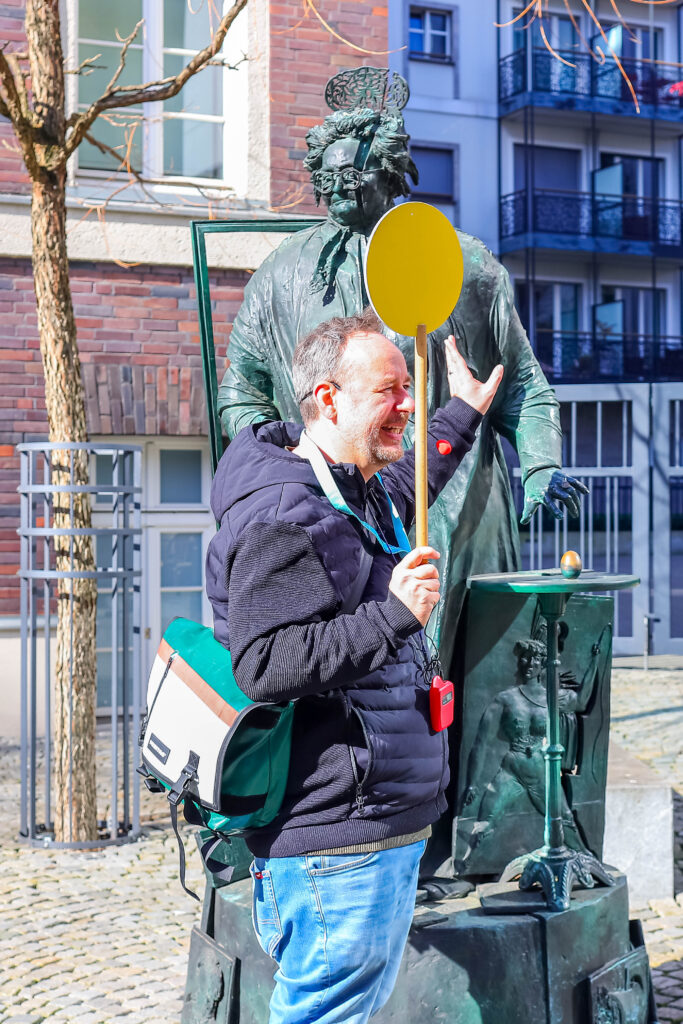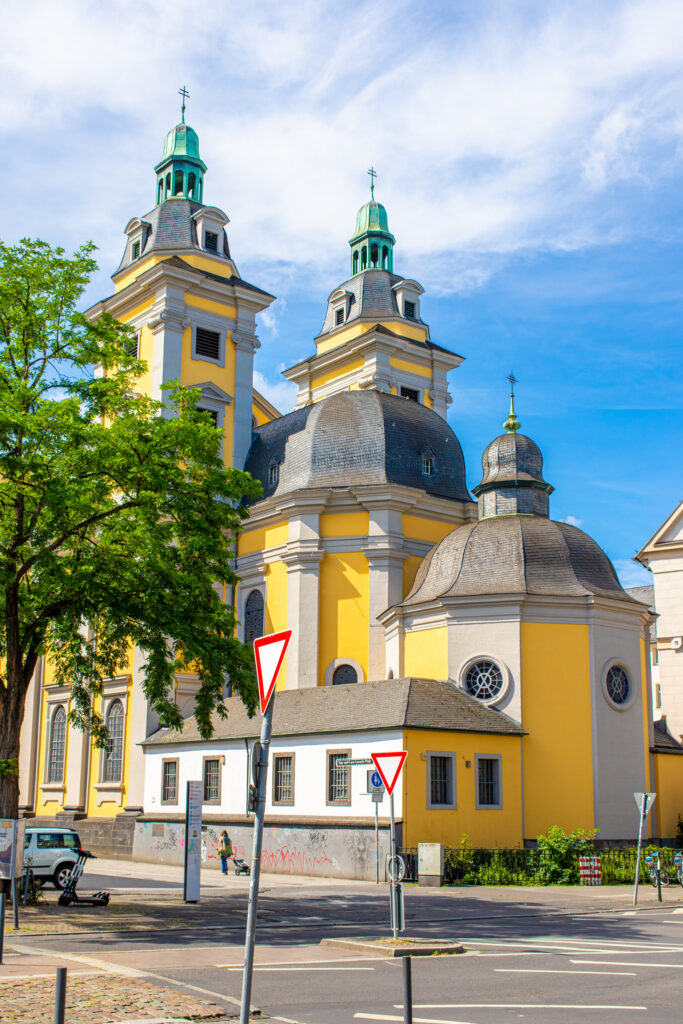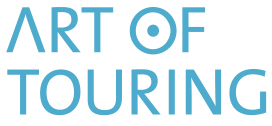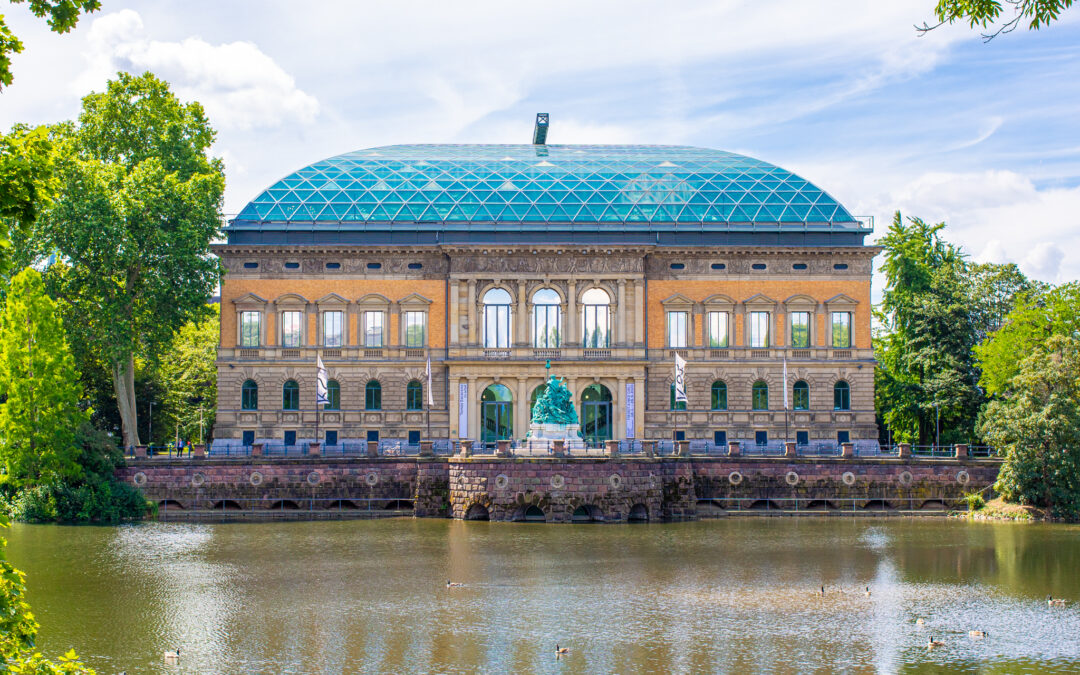It may be surprising to learn that Düsseldorf is often considered to be one of Germany’s top cities of art and fashion. With a rich legacy of avant-garde movements, world-renowned art academies, and edgy contemporary spaces, Düsseldorf is a cultural powerhouse along the Rhine.
Düsseldorf became a hub for experimental art and progressive thinking in the 20th century, thanks in large part to the influential Kunstakademie Düsseldorf. Alumni include world-renowned artists like Joseph Beuys, Gerhard Richter, and Andreas Gursky.
Today, that same spirit of innovation lives on in Düsseldorf’s galleries, museums, and public spaces, making it one of Europe’s most exciting destinations for art lovers. From historic collections to immersive installations, here are 5 art museums and experiences you shouldn’t miss in Düsseldorf. This guide will help you discover the must-see museums, exhibitions, and creative hotspots that capture the city’s unique artistic energy. Interested in a guided tour of Düsseldorf’s art & cultural scene? Contact us today about creating a custom itinerary in Düsseldorf.
Beginner’s Guide To The Must-See Art Museums & Experiences In Düsseldorf
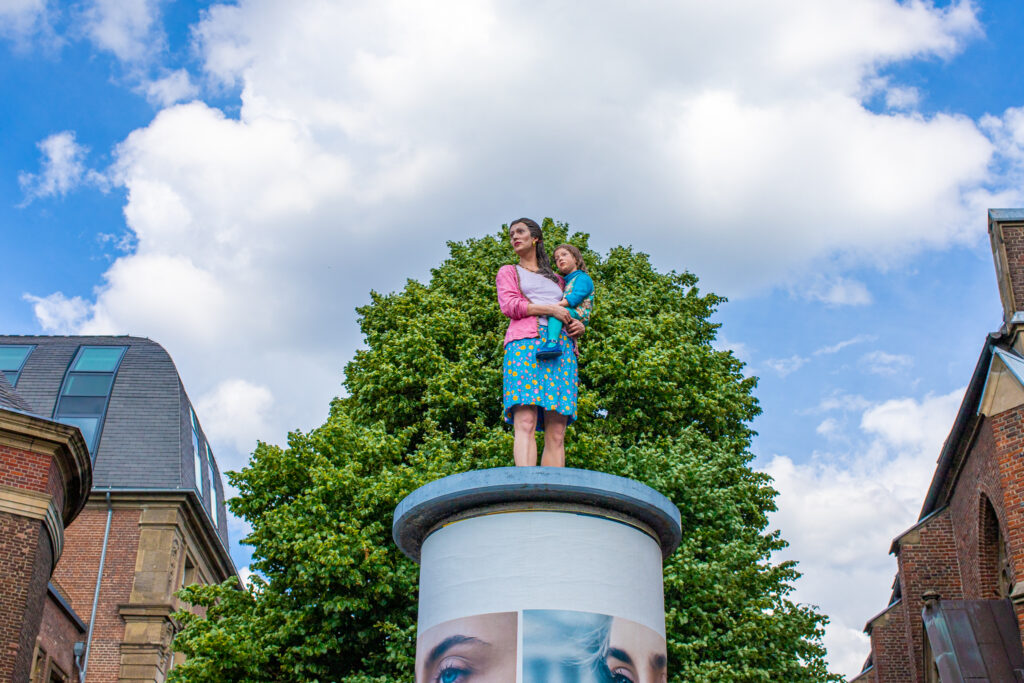
Why Düsseldorf is a Hidden Gem for Art Lovers
The artistic roots of Düsseldorf stretch all the way back to the 17th century and the Medicis – yes THOSE Medicis. Anna Maria Luisa de’ Medici was the last member of the ruling Florentine Medici family. She was the wife of Johann Wilhelm (“Jan Wellem”). The couple moved to Düsseldorf in the 1690s, and were important patrons of the arts.
A high point of their influence was the construction of the Düsseldorf Picture Gallery , one of the earliest, independent museum buildings in Europe. The core of the painting collection is now in the Alte Pinakothek in Munich.
Ever since then, Düsseldorf has retained its importance as an artistic hub in the region. Home to some of the most influential names in 20th and 21st-century art — including Joseph Beuys, Gerhard Richter, and Andreas Gursky — Düsseldorf continues to thrive as a city for both established artists and rising talent. For a taste of You can explore museums throughout the city
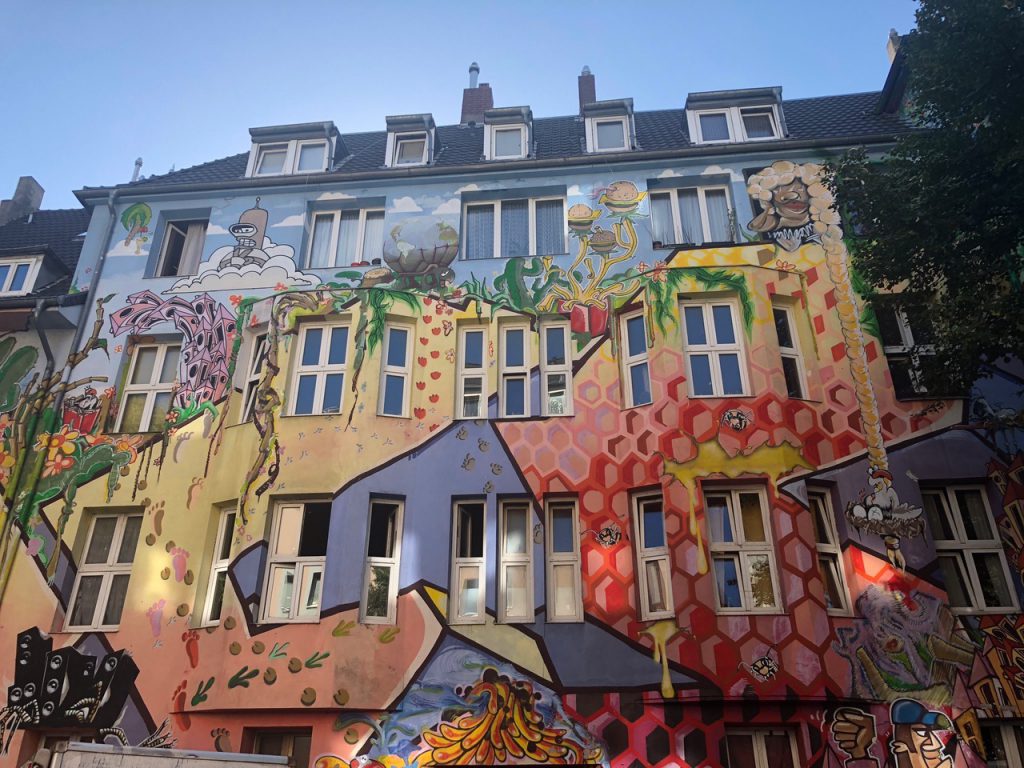
1. Kunstsammlung Nordrhein-Westfalen (K20 + K21)
Where Modern and Contemporary Art Collide
Split between two architecturally stunning buildings, the Kunstsammlung NRW is Düsseldorf’s most significant public art collection.
- K20 (at Grabbeplatz) houses a world-class modern art collection, with works by Picasso, Matisse, Klee, Warhol, and Kandinsky. Its striking black granite facade is as bold as the art inside.
- K21, located in the beautifully restored Ständehaus, focuses on contemporary art and often features large-scale installations, video works, and photography. The real highlight? “in orbit” by Tomás Saraceno — a massive net sculpture suspended under the glass dome that visitors can climb through (yes, really!).
📍 Beginner Tip: The K20 and K21 buildings are connected by a free shuttle, making it easy to visit both in one day.
2. NRW-Forum Düsseldorf
Where Art, Tech, and Pop Culture Intersect
Located within the Ehrenhof cultural complex, the NRW-Forum is one of Germany’s most innovative exhibition spaces. It presents short-term, high-impact exhibitions that blend photography, digital art, design, and pop culture.
Expect cutting-edge installations, interactive media, and socially relevant themes — everything from street photography retrospectives to AI-generated art experiences.
📍 Beginner Tip: After your visit, grab a coffee on the terrace outside and enjoy the Rhine view.
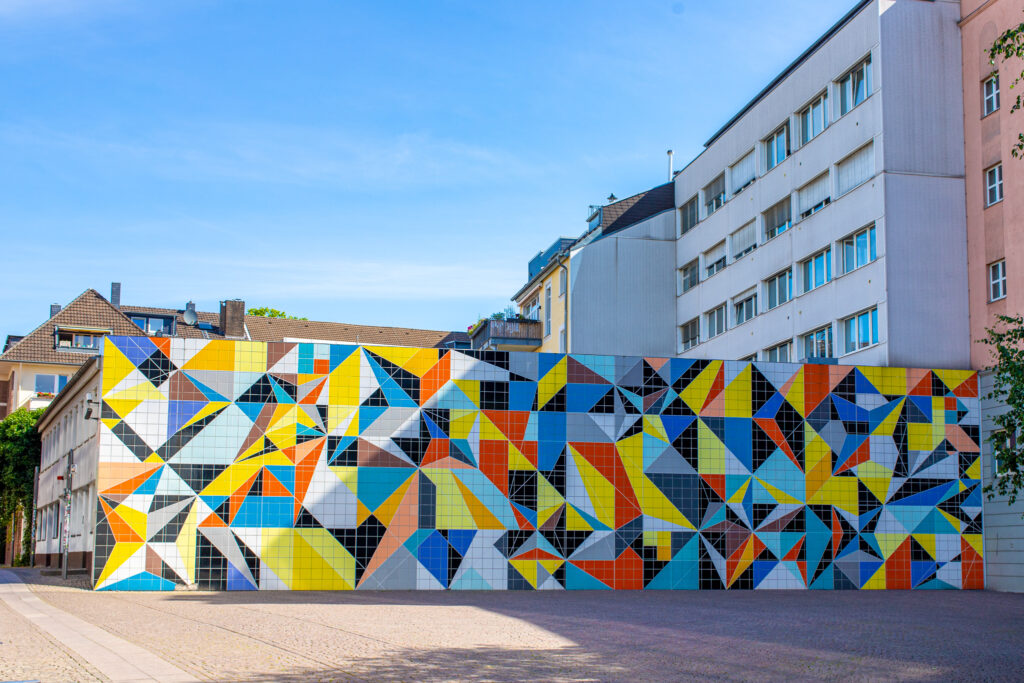
3. Kunstpalast
Classic Meets Contemporary in a Grand Setting
Also part of the Ehrenhof ensemble, the Kunstpalast is a museum that seamlessly blends tradition and innovation. Its expansive collection spans over 2,000 years — from Baroque painting and medieval sculpture to modern masterpieces and contemporary design.
Following a major renovation, the museum reopened in 2024 with updated galleries and interactive exhibition spaces. It’s also home to Düsseldorf’s acclaimed Glass Collection and features works by Rubens, Richter, and Richter’s student Katharina Grosse.
📍 Beginner Tip: Check the event calendar — Kunstpalast frequently hosts classical concerts and cultural evenings.
4. KIT – Kunst im Tunnel
An Underground Art Experience You Won’t Forget
Tucked beneath the Rhine Promenade, KIT is exactly what it sounds like: a contemporary art space built into a tunnel. It’s one of the most unique gallery experiences in Düsseldorf, with rotating exhibitions from emerging international artists.
Minimalist, raw, and intimate, this subterranean space gives you direct access to experimental and thought-provoking installations. The adjacent KIT Café also offers Rhine views and is a local favorite for sunset drinks.
📍 Beginner Tip: The entrance is easy to miss — look for the staircase near the riverbank promenade just south of the Rheinkniebrücke.
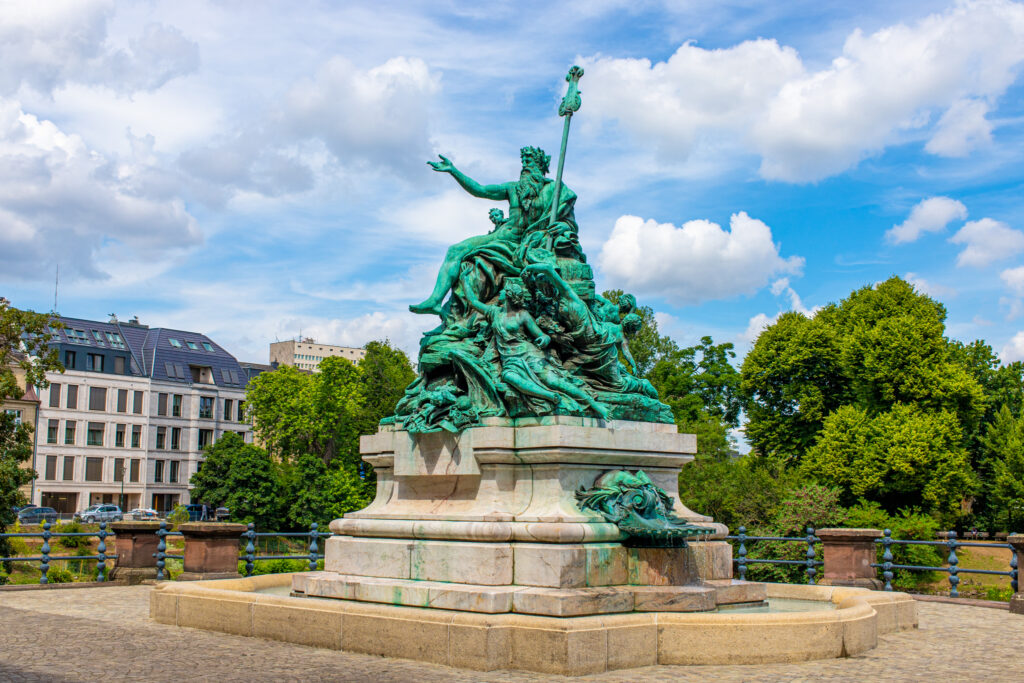
5. Academy of Fine Arts Düsseldorf (Kunstakademie)
Birthplace of Artistic Legends
While it’s not a museum in the traditional sense, the Kunstakademie Düsseldorf is a vital stop on any art lover’s itinerary. Founded in 1773, this prestigious academy has shaped generations of artists, including Gerhard Richter, Joseph Beuys, Sigmar Polke, and many more.
Each February, the public is invited inside for the Rundgang — an open house-style event showcasing student work across every medium. The atmosphere is dynamic, creative, and very local.
📍 Beginner Tip: Even outside of Rundgang, the building is worth admiring from the outside — it’s a key part of the city’s art history.
6. Mutter Ey Gallery & Cafe
The People’s Champion of Düsseldorf Avante-Garde Artists
Johanna “Mutter” Ey (1864 – 1947) was an important gallery owner and promoter of modern painting during the 1920s. She came from humble beginnings, but was always known for her warm spirit and unwavering support of young, struggling artists. She was known to let struggling artists pay with credit, many of whom wound up paying her in art.
Mutter Ey opened her café and gallery on Hindenburgstraße in the 1910s, which quickly became a gathering place for avant-garde thinkers and painters. She championed many now-famous artists from the Düsseldorf Art School, including Otto Dix, Max Ernst, and Otto Pankok, choosing art not for theoretical or even economic reasons, but because she was personal friends with the artists.
When the National Socialists came to power, practically all of the painters in Johanna Ey’s circle were suddenly deemed “degenerate”. As a result, in 1933 numerous paintings from the Ey Gallery’s shop and collection were confiscated and destroyed. After the end of National Socialism, Johanna Ey reopened her art center in July 1947. Nowadays, you can visit the Mutter Ey Café & Gallery in the Andreas Quartier.
📍 Beginner Tip: Stop by the bronze statue of Mutter Ey on Ratinger Straße — a heartfelt tribute to her enduring influence.
